We have tested for you: RealFlow for 3ds Max
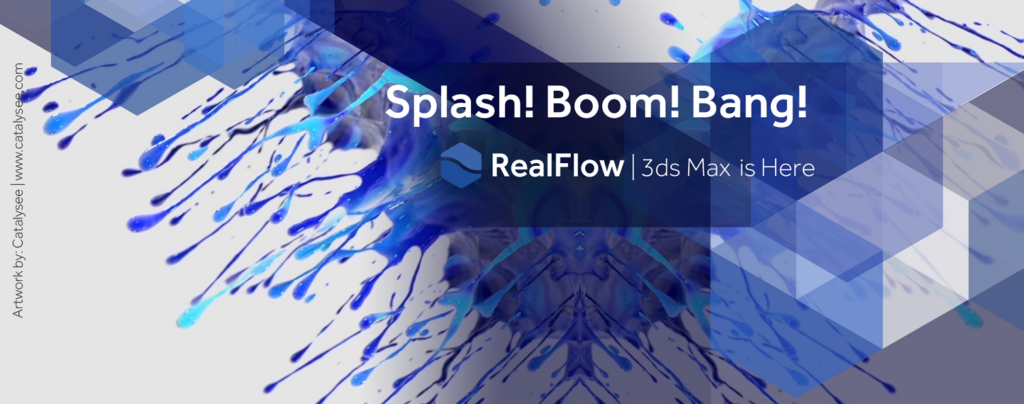
Available in standalone version since 1998, RealFlow is a fluid and rigid/elastic bodies simulation tool. The familly has grown bigger in 2016 with a version integrated to C4D, a new one has been intergrated to Maya earlier on this year and now to 3ds Max.
As in RealFlow for C4D and RealFlow for Maya, all the features of the standalone version are not avaible. Here are the missing ones: Hybrido (for large scale projects), caronte for advanced actions on rigid and soft bodies and RealWave (for sufaces like the sea). These features are reserved to the standalone version. For this very first release, rigid and elastic solver are not available either.
Easier approach
The creation of a simulation is made easier by the « automatic linking ». In the standalone version, there is a node system that does not exist in the 3ds Max version in its graphic form. To create a smiluation, you need: a RealFlow scene, an emitter (which emits particules), a fluild (which represents the particules’ settings), one or several daemons which set up the particules’ path and a mesher which transforms the particules into geometry.There are automatic links when creating simple simulations in the 3ds Max version. It is a significant and appreciable saving in time.
The RFScene part gathers information about the simulation settings: number of cores to be used for calculation, GPU usage, cache management. There are important parameters for the accuracy of the simulation in Global: substeps, iterations and accuracy. I would tend to choose the “auto” settings before tweaking them to improve the render if needed.
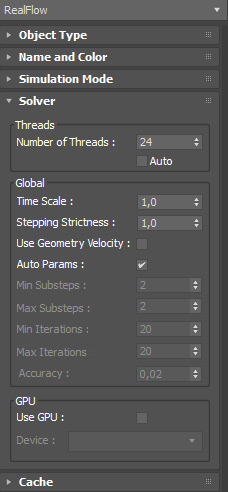
RFFluids enables to set 6 types of fluids: Dumb (particules without any interaction between them), Liquid with two calculation methodes (SPH, the more accurate and PBD, the fastest), granular (for sand for instance), viscous (for honey, oil…) and viscoelastic (for rubber).
Each type of fluid gives access to its parameters: resolution (number of particules), density, surface tension… which characterize the behaviour of water, oil, shampoo.
RFEmitters: they emit particules. There are 11 types of emitters. Surface emitters like circle/square/triangle; line emitters like like linear or spline; volume emitters: sphere, cylinder, object, image. And finally Fill object makes it possible to fill an object with liquid.
RFDaemons are forces/actions that modify the course of particules. For instance, RFGavity adds a gravity force in our scenes. There is also the “k daemons” series that enables you to kill particules based on their age, speed, position and make the scene lighter by reducing the number of particules.
Some daemons are also dedicated to creation like “Crown” which helps you creates nice splashes in a much faster way than leaving drops fall. “Spline” makes it possible for a fuild to wrap around a curve and “Magic” creates an attraction of particules around an object.
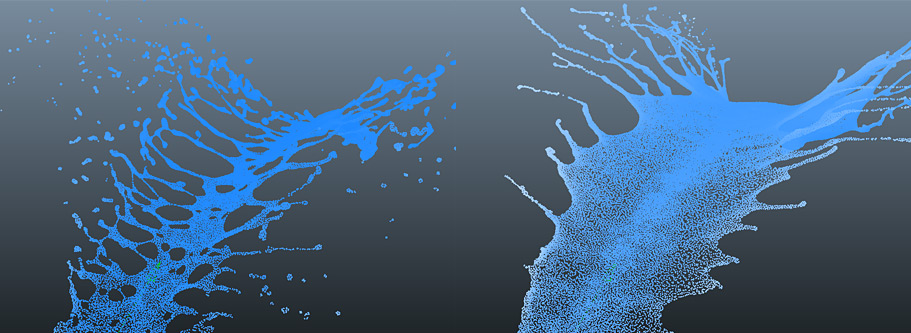
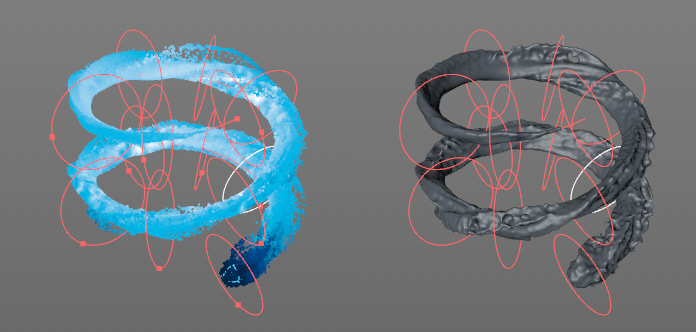
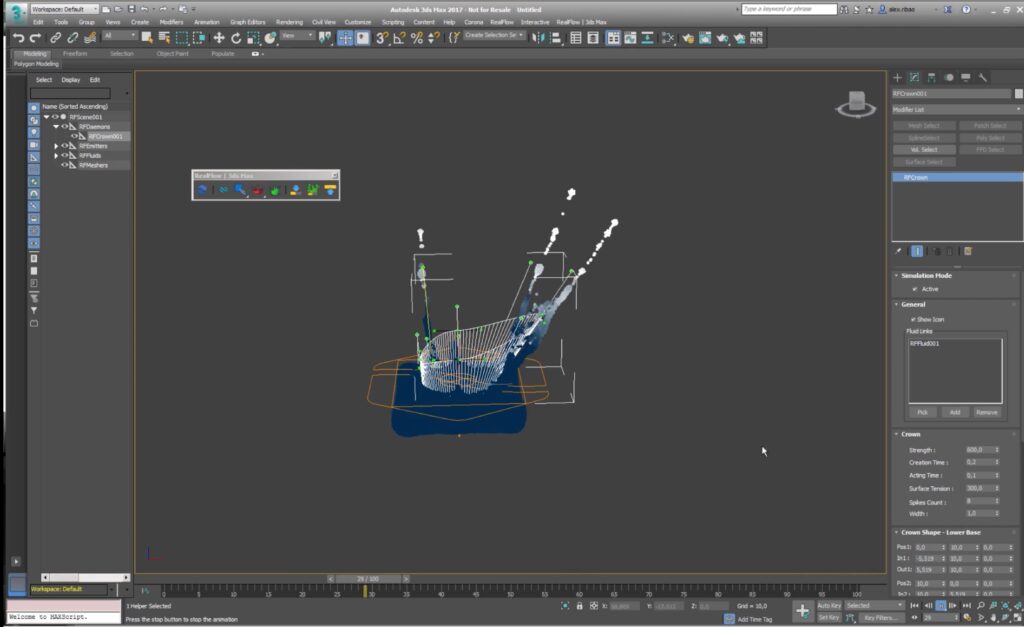
RFCollider
When creating the scene, you need to choose the objects that will interact with fluids (bottles, rocks…). To do so, we use the collider. RFCollider manages the physics of the object: surface friction, elasticity.
RFMesher
Last but not least, you need to transform particules into geometry thanks to RFMesher.
That’s the tricky part to me. You need to juggle between the various settings: mesh resolution (more or less polygones), smoothing, radius, thinning… You need to conduct a few tests to get the geometry you want. It also depends on the fluids resolution.
Conclusion
I found a few oddities when conducting this test but nothing completely unexpected for a 1st release. Everything goes smoothly and understanding and handling the general operating principles is rather easy. However it takes a while to get a final result that really corresponds to what you imagined first place using the right emitter, fluid and mesh settings
RealFlow has a very good reputation and its availability under 3ds Max is very good news, even though this release is a lighter one. All it needs now is to find its place among Max Fluids (already integrated to 3ds Max) and other plgins like PhoenixFD.
The cost of the licence is €695.
Christophe Bicchierai
Download the demo version.



